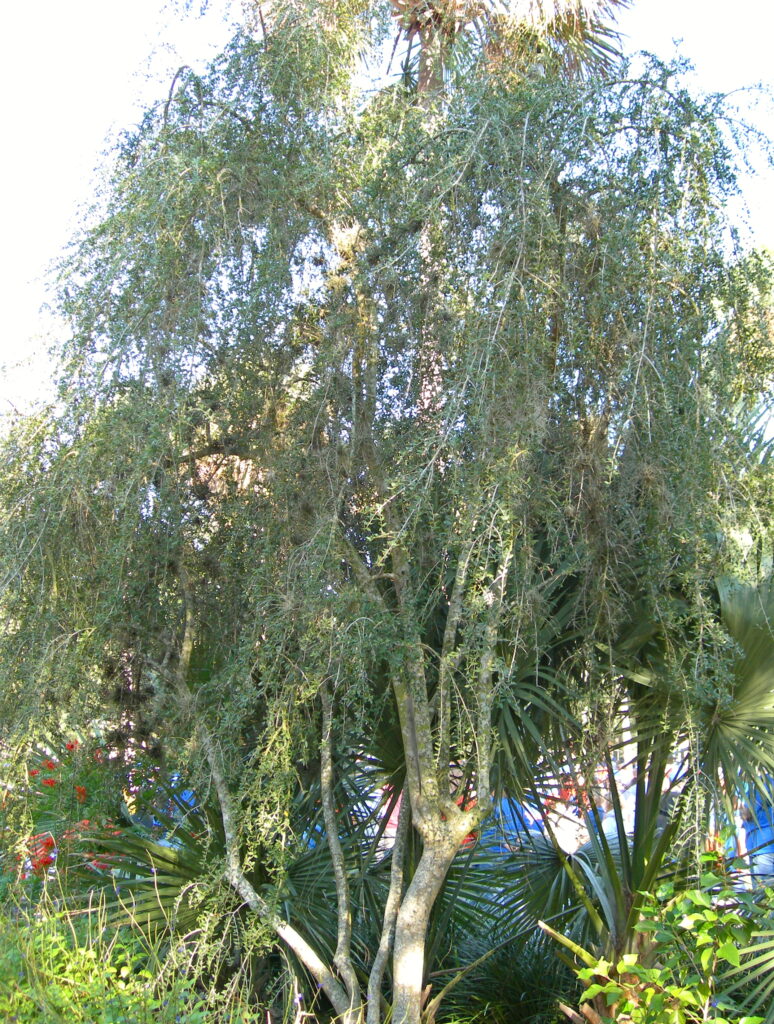National Arbor Day is celebrated each year on the last Friday in April. However, celebrate Arbor Day based on the best time to plant a tree. In Florida, Arbor Day is celebrated on the third Friday in January; in Georgia, it is the third Friday in February; and the celebration in Alabama occurs during the last full week in February. Check out the ArborDay.org calendar for the date in your area. So go forth and plant! Arbor Day, it’s time to plant trees.

Arbor Day brings to mind that all plants, trees, shrubs, grass, and even chlorophyll-bearing phytoplankton in the oceans are essential to life on this planet. It is common knowledge that oxygen, one of photosynthesis’s side products, allows us to breathe and survive.
However, equally or more importantly, green chlorophyll is the substance that traps all the energy that comes to this planet. We all use this energy to live, love, and grow. Whether we burn the phytochemicals in the form of petroleum products to power all sorts of endeavors or eat kale to fuel our hectic lives, the energy transfer from light to carbohydrates manufactured by chlorophyll sustains life and enables our existence.
Trees are an intrinsic part of the web of life and worthy of a day of acknowledgment and celebration. The first Arbor Day was celebrated in Nebraska in 1872 in response to a state proclamation urging settlers and homesteaders to plant trees to provide shade, shelter, fruit, fuel, and beauty for residents of the largely treeless plains. J. Sterling Morton is the founder of Ardor Day.
Morton stated, “…let us endeavor then by our words on “Arbor Day” – and all other opportune occasions – to so embellish the world with plant life, trees, flowers, and foliage, as to make our earth homes approximate to those which the prophets, poets and seers of all ages have portrayed as the Home in Heaven.” On that first Arbor Day, more than one million trees were planted in Nebraska’s communities and farms.
Trees are valuable in many ways.
- Trees are natural filters of air and groundwater. They remove carbon dioxide and pollutants from the environment; a single tree can absorb 26 pounds of carbon dioxide annually.
- Trees can help reduce cooling and heating bills. Properly placed trees help conserve energy by shading and cooling buildings in the summer and blocking cold winter winds. The cooling effect attributed to trees results in an annual savings of $2 billion or approximately 5 percent of US energy consumption.
- In addition to their practical value, trees have aesthetic value. They add various colors, shapes, textures, and patterns to the landscape. Properly placed trees are welcoming, provide privacy, and act as ceilings for outdoor areas.
- The property value of landscaped homes is 5 to 20 percent higher than that of non-landscaped homes.
- Trees provide habitats for wildlife – birds, mammals, and reptiles.
- Hairy leaf surfaces of trees trap and filter out ash, dust, and pollen particles carried in the air.
- Trees provide forest products, including lumber, paper, mulch, oils, gums, syrups, and fruits, adding billions annually to the national economy.
- Arbor Day, it’s time to plant trees.
Celebrate Arbor Day in a personal way. Buy a Trees Are Cool license plate. Join or follow the Florida Urban Forestry Council and the National Urban and Community Forestry Advisory Council. Plant a tree yourself, one for a friend, and one for your community. Make sure the kids get their hands dirty, and y’all have fun.
This column and image first appeared in the Treasure Coast Newspapers.
Leave a Reply